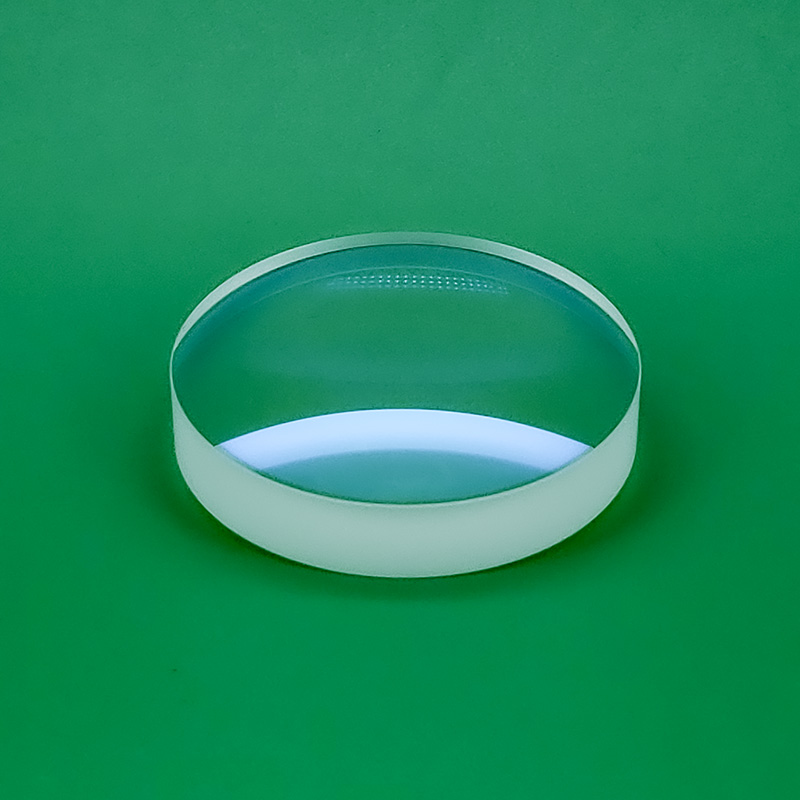Spherical Vs. Aspheric Lenses: An Overview
Jul. 13, 2023
Spherical and aspheric lenses are two common types of lenses used in eyewear, cameras, telescopes, and other optical devices. They differ in terms of their design and optical properties, which can impact the visual clarity, distortion, and overall performance of the lens. In this overview, I will compare spherical and aspheric lenses, highlighting their key characteristics and applications.
Spherical Lenses:
Spherical lenses are the most basic and widely used type of lenses. They have a uniform curvature across their entire surface, similar to a portion of a sphere. The curvature is symmetrical, with the same radius of curvature on both sides of the lens. Spherical lenses are relatively simple to manufacture and cost-effective compared to aspheric lenses. They are commonly used in prescription eyeglasses for vision correction and have various applications in photography, binoculars, and other optical instruments.
Key Characteristics of Spherical Lenses:
1. Curvature: Spherical lenses have a constant curvature across the entire lens surface. This uniform curvature makes them relatively straightforward to manufacture.
2. Aberrations: Spherical lenses are more prone to certain optical aberrations, such as spherical aberration and astigmatism. These aberrations can cause blurring, distortion, and decreased image quality, particularly in off-axis areas of the lens.
3. Distortion: Due to the uniform curvature, spherical lenses may cause distortion, especially in peripheral vision. This distortion can affect the perceived shape and size of objects.
4. Thickness: Spherical lenses can be thicker and heavier compared to aspheric lenses, particularly when higher prescriptions are involved. This may result in a heavier and bulkier lens.

Fused Silica Precision Lenses for Solid State Laser applications
Aspheric Lenses:
Aspheric lenses have a non-uniform curvature across their surface, meaning that the curvature changes gradually from the center to the edges. Instead of having a constant radius of curvature, the surface of an aspheric lens is shaped to correct specific optical aberrations and improve visual performance. Aspheric lenses are more complex to manufacture compared to spherical lenses, and their production costs are generally higher. They are commonly used in high-quality camera lenses, sunglasses, and premium eyeglasses.
Key Characteristics of Aspheric Lenses:
1. Curvature: Aspheric lenses have a varying curvature across their surface. This unique design allows for the correction of specific aberrations and improved optical performance.
2. Aberration Correction: Aspheric lenses are designed to minimize optical aberrations, such as spherical aberration, coma, and astigmatism. By reducing these aberrations, aspheric lenses can provide sharper and more accurate imaging across the entire lens surface, including the peripheral areas.
3. Distortion: Aspheric lenses are designed to minimize distortion, particularly in peripheral vision. This helps to maintain more accurate shapes and sizes of objects, resulting in improved visual clarity and comfort.
4. Thinner and Lighter: Due to their non-uniform curvature, aspheric lenses can be thinner and lighter than spherical lenses. This makes them more aesthetically pleasing and comfortable to wear, especially for individuals with higher prescriptions.
5. Enhanced Visual Acuity: Aspheric lenses offer enhanced visual acuity, particularly in low-light conditions and situations where high-contrast imaging is required. The improved optical performance can result in sharper images and better overall visual quality.
Applications of Spherical and Aspheric Lenses:
Spherical lenses are commonly used in a wide range of optical devices and applications, including:
- Prescription eyeglasses for individuals with mild to moderate vision corrections.
- Cameras and camcorders with standard lenses.
- Binoculars and telescopes where cost-effectiveness is important.
- Microscopes and magnifying glasses.
Aspheric lenses, on the other hand, find applications in:
- High-quality camera lenses, including professional DSLR lenses and premium compact cameras.
- Sunglasses and sports eyewear, where visual clarity and distortion control are essential.
- Prescription eyeglasses for individuals with higher prescriptions or specific vision needs.
- Telescopes and other precision optical instruments where image quality is paramount.
In summary, while spherical lenses are simpler and more cost-effective, aspheric lenses offer improved optical performance, reduced aberrations, and enhanced visual acuity. Aspheric lenses are particularly advantageous in high-quality camera lenses, sunglasses, and prescription eyewear where superior optics and distortion control are essential. The choice between spherical and aspheric lenses depends on the specific application, desired optical performance, and budget considerations.
If you want to know more information about Spherical lenses, please contact us. We will provide professional answers.


















